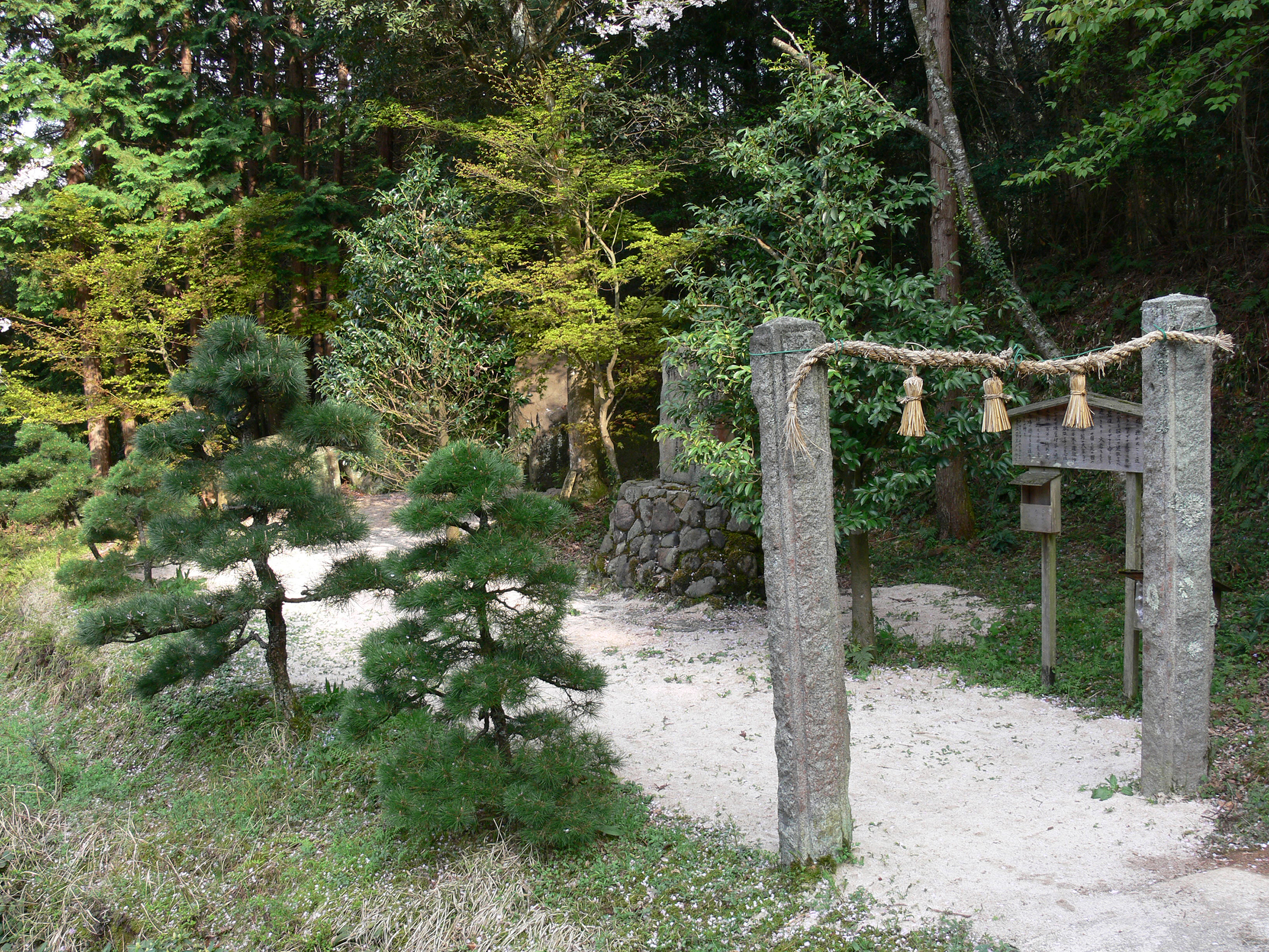Is the world of the dead in the mountains?
— Interpreting myths of the Yomi no Kuni
Exploring the Kojiki
Updated on Sep 29 2018
Japan’s oldest book, the Kojiki. It dramatically illustrates the history of Japan from the beginning of the world, the appearance of the deities, to the Imperial succession. Behind each impressive episode, there exist numerous “mysteries” that are yet to be solved even today. By exploring each, we will think about the origin of Japanese beliefs and culture.

Ihuya Hill in Matsue, Shimane Prefecture.
Is this the exit from Yomi no Kuni?
Izanaki pursues Izanami to the underworld
The myth that Izanaki and Izanami got married, created the current Japanese archipelago, and gave birth to various deities, is one of the most famous episodes of the Kojiki. Later, Izanami died from burns while giving birth to the deity of fire.
Wishing to see his wife again, Izanaki goes to Yomi no Kuni, but there, he finds Izanami has changed and is now ugly. Izanaki is depicted as running away upon seeing her. Yomi no Kuni is understood to be where one goes after death, but where is it?
The entrance to Yomi no Kuni was in Izumo
There are several spiritual worlds in the mythical world of the Kojiki: Taka-amanohara in the heavens, the country of Tokoyo beyond the seas, the country of Watatumi under the sea, and so on. These spiritual worlds do not exist in real life. However, life on earth is depicted as being closely connected to them.
For example, the countries that Izanaki and Izanami created are all in the Japanese archipelago, including Shikoku, Kyushu and Honshu. After Izanami gives birth to the deity of fire and is burned, she is buried in Mount Hiba, located near the border between Izumo (Shimane Prefecture) and Houki (Tottori Prefecture). The location is depicted quite specifically.
Since Izanaki actually goes to Yomi no Kuni to bring Izanami back, it can be said that Mount Hiba and Yomi no kuni are closely related. Additionally, it is specifically indicated that Izanaki passed what is currently known as Ihuya-hill in Izumo when he ran back from Yomi no Kuni. In other words, Yomi no Kuni is located in a place that is connected to the surface of the Earth.
Is the world of the dead in the mountains?
There are probably many people who imagine Yomi no Kuni as a world below the ground, like the underworld that Hades rules in Greek mythology or hell in Buddhism. The Chinese characters (kanji) for “yomi” mean “underground.”
However, there are no signs in the Kojiki and Nihonshoki mythologies that indicate that Yomi no Kuni is underground. As for the meaning of the word “yomi”, some believe that the word derives from “yama” (mountain) or that it is based on “yomo( “Yomo” signifies the area on the fringe of the place people live, so it is also related to mountains.
Judging from the fact that the place where Izanami was first buried was in the mountains, and that the dead were buried in the mountains, the world of the dead was thought to exist in the mountains in ancient society. It is likely the ancients believed that Yomi no Kuni existed in the mountains. It is also very interesting that in the Kojiki myths, Yomi no Kuni is set in a region that belongs to the Izumo country.
-Kokugakuin University has been selected “as a place for the promotion of the study of the Kojiki” by the private university branding project of the Ministry of Education in 2016.-

published in The Japan News on 18/9/2018
Masahiro TANIGUCHI
Research
Japanese literature of ancient times (Kojiki, Nihon-shoki, topography)
Papers
“The Old Man Says” in izumono-kuni-fudoki(2017/05/10)
Tatenui County and Mount Kannabi in Izumonokuni-fudo-ki : Reading What the Genius Says(Reading)(2009//)

